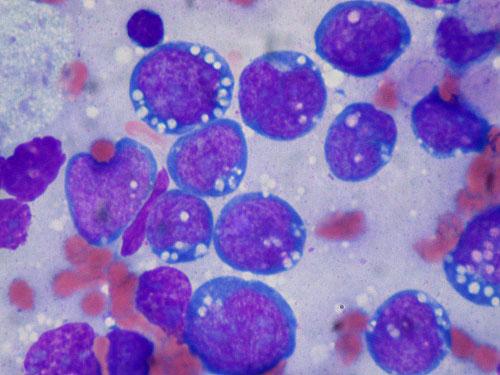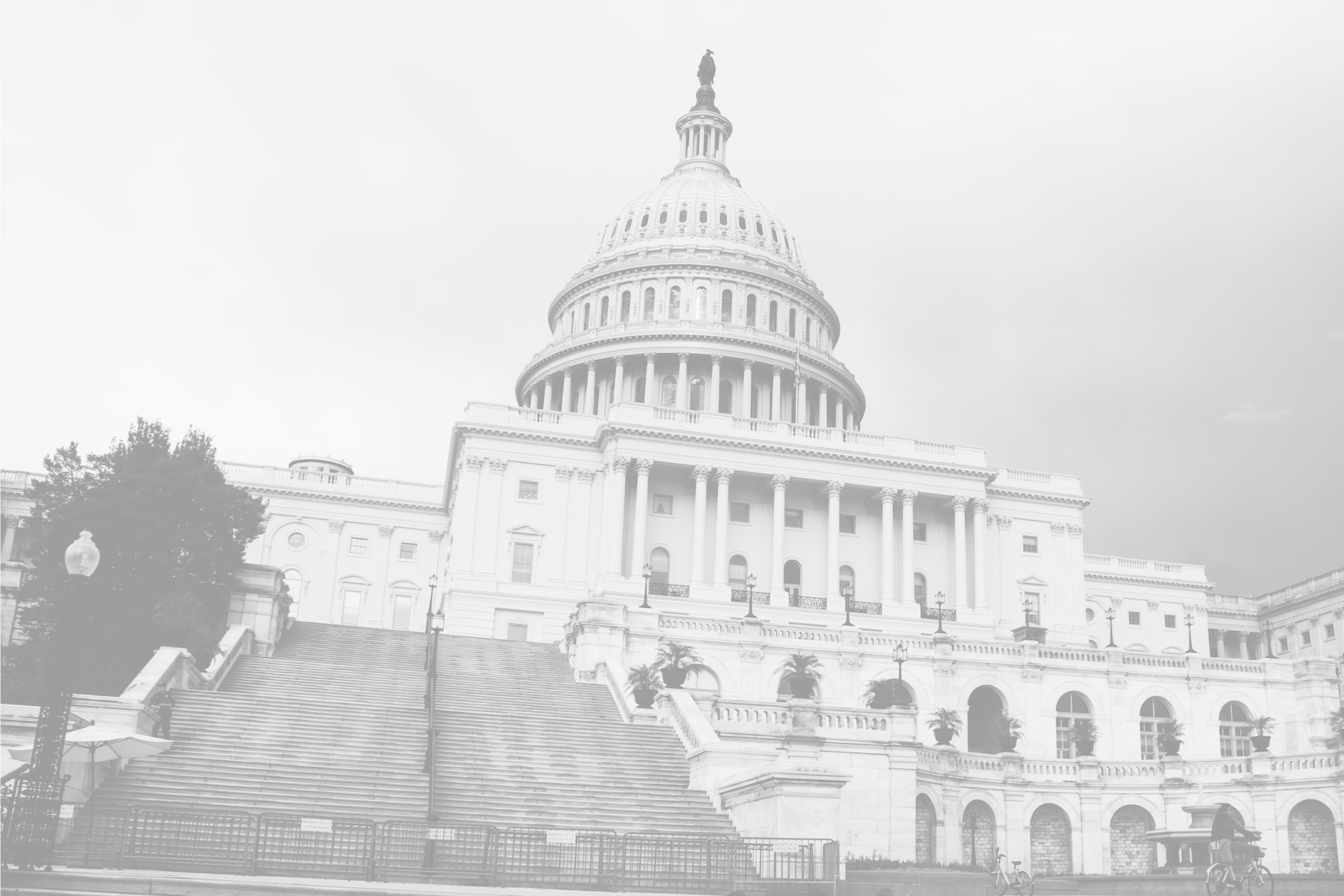Today, the New York Post released an article entitled “Diagnoses of 9/11 Linked Cancers Have Tripled in Less Than Three Years.”
The article details that 5,441 people currently enrolled in the World Trade Center Health Program have been diagnosed with 6,378 separate cancers. In January 2014, there were 1,822 enrollees suffering from cancer. Scientists noted a significantly higher rate of cancer with regard to prostate, thyroid, leukemia, lymphoma, and multiple myeloma.
Dr. Michael Crane, medical director of the World Trade Center Health Program at Mt. Sinai Hospital commented “It’s been steady for at least the last year and a half — we’re seeing new people here being certified for cancer 10 to 15 times week. That’s every week.”
It should be noted, this sample size is limited in that many people, including hundreds of Chinatown residents with whom Pitta & Baione LLP met last week, are unaware that the World Trade Center Health Program exists. Therefore, the actual number of people suffering from 9/11 related cancer is unknown.
History of Cancer Coverage under the Zadroga Act
The James Zadroga 9/11 Health and Compensation Act created two federal benefits programs, the World Trade Center Health Program and the 9/11 Victim Compensation Fund (VCF). The WTC Health Program provides free medical monitoring, treatment, and medication to those suffering from a condition determined to be related to 9/11 toxins. The VCF provides compensation for cover pain and suffering, lost earnings, replacement services, and out-of-pocket medical expenses related to a condition included in the WTC Health Program’s List of Covered Conditions.
Originally, the James Zadroga 9/11 Health and Compensation Act did not cover cancer. Rather, the Act included a list of respiratory, gastrointestinal, and mental health conditions, which was identical to the list previously used by the WTC Responder Medical Monitoring and Treatment Program.
However, the Act directed the World Trade Center Health Program Administrator, Dr. John Howard, to determine whether cancer should be added to the list within 180 days of the original enactment. The Act also created the WTC Health Program Scientific and Technical Advisory Committee (STAC), a group of experts and victims’ representatives tasked with reviewing decisions of, and making recommendations to, the Administrator.
After the initial review period, Dr. Howard declined to include cancer as a covered condition in July 2011. Later, STAC conducted a review and concluded that there was enough peer-reviewed scientific evidence to show that exposure to 9/11 toxins caused certain cancers. So, in October 2012, fifty cancers were added to the list of covered conditions. In July 2013, responding to a petition from the New York Patrolmen’s Benevolent Association, Dr. Howard proposed adding prostate cancer as well. In September 2013, the Health Program added prostate cancer to the list, and in October 2013, the VCF deemed it eligible for compensation.
The Zadroga Act requires claimants to file within two years from the date which the VCF Special Master determines they first knew or should have known that they both suffered a harm related to the attacks on 9/11 and were eligible to file a claim for compensation. The previous Special Master, Sheila Birnbaum, corporate class action defense attorney for Quinn Emanuel, determined that starting point to be the date on which the claimant was diagnosed – whether or not the claimant was ever informed that the condition was caused by 9/11 toxins exposure, or knew about the program’s existence.
With regard to conditions added by the WTC Health Program as time goes on, applicants diagnosed prior to coverage generally have two years from when the condition became eligible for coverage to file a claim. For example, individuals suffering from prostate cancer prior to October 2013 had until October 2015 to register with the VCF.
How does the World Trade Center Health Program “Certify” a 9/11 Related Physical Condition?
The World Trade Center Health Program relies on the following minimum exposure duration guidelines to determine whether an aerodigestive illness, such as asthma or GERD (persistent heartburn), or cancer is related to 9/11 toxins exposure:
Tier 1 includes individuals who were caught in the dust cloud; engaged in search, rescue, recovery, fire or dust suppression, construction activities in heavily dust-contaminated areas, loading/unloading, removal and/or transport of contaminated debris at Ground Zero or Fresh Kills Landfill, morgue or mortuary activities; cleaned heavy dust contamination on streets, inside or outside buildings, and contaminated vehicles; worked or volunteered and/or attended school/daycare in heavily dust-contaminated areas or in areas in the path of heavy smoke plumes; lived and/or slept in a heavily dust-contaminated area or in an area in the path of the heavy smoke plumes.
Tier 2 includes those who were engaged in construction and cleaning activities, worked, volunteered, attended school, or lived and/or slept in a contaminated area with a visible, but light layer of dust or debris or where there was the smell of smoke or chemicals.
Tier 3 includes who were engaged in construction activities and cleaning activities, worked, volunteered, attended school, or lived and/or slept in an area that was not contaminated with a visible layer of dust, which was not in the path of smoke plumes, and where smoke or chemicals could not be smelled; or those who traveled through the “New York City Disaster Area,” which is defined as the area below Houston Street.
If the WTC Health Program program determines that an individual is suffering from an eligible condition, and meets the minimum exposure durations, then the World Trade Center Health Program will certify the condition. Once a condition is certified, then the individual is eligible for free medical monitoring, treatment, and medication through the Health Program. They may also be eligible for compensation through the 9/11 Victim Compensation Fund.
For more information, contact Pitta & Baione LLP at 844-982-2667 or info@pittabaione.com




